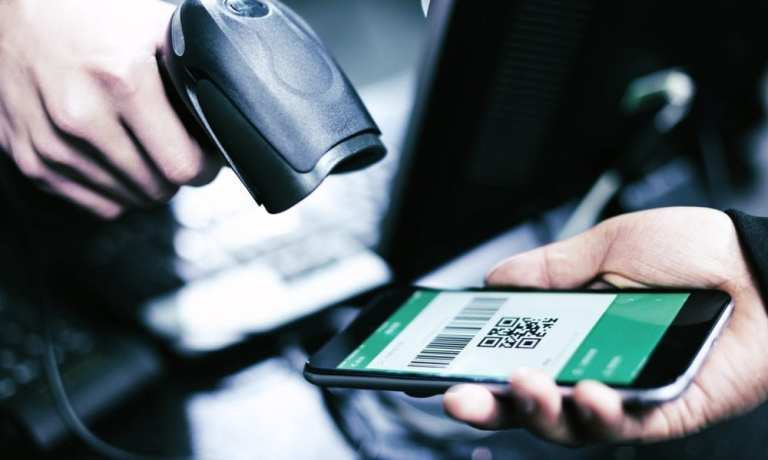
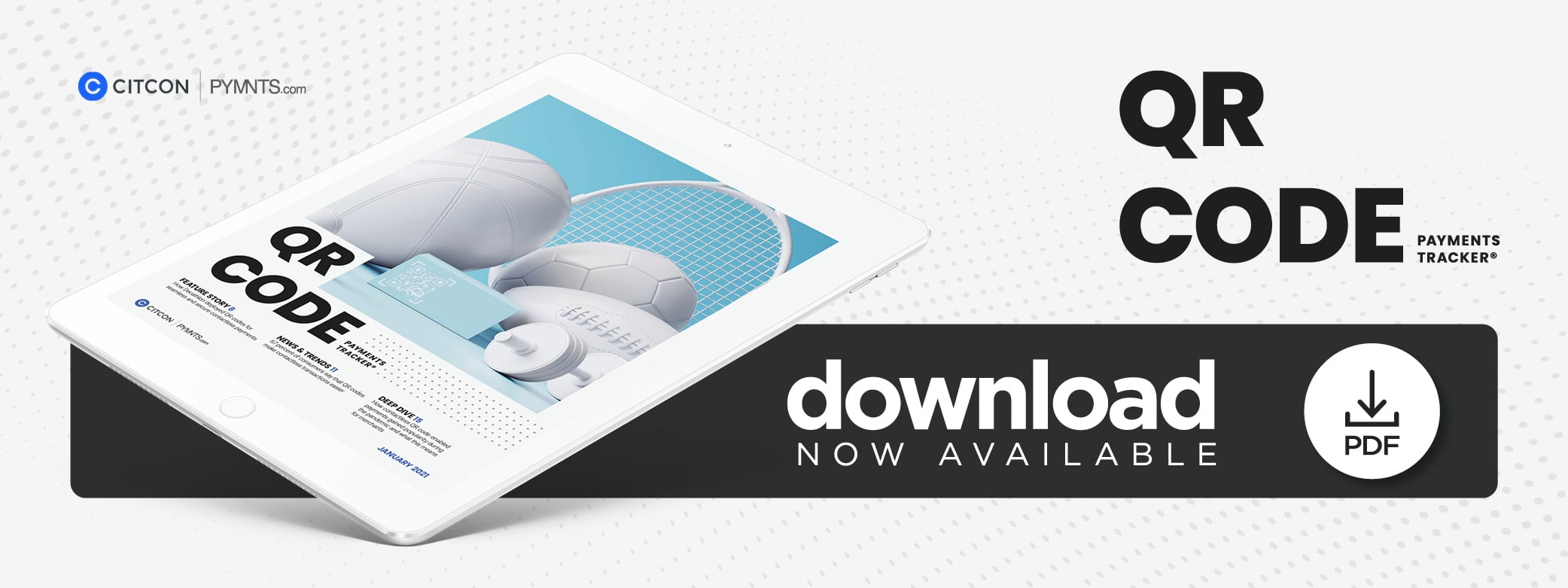 The use of QR codes is growing more popular in the United States, enabling consumers to instantly access information and easily pay on their smartphones without going through a URL entry.
The use of QR codes is growing more popular in the United States, enabling consumers to instantly access information and easily pay on their smartphones without going through a URL entry.
These codes are particularly useful when it comes to contactless payments, as they allow funds to be instantly transferred through a simple printout on restaurant bills or checkout counters.
Demand for these codes skyrocketed in 2020 as consumer demand for contactless payment solutions increased in order to reduce the potential risk of infection. Businesses of all types are deploying new initiatives to meet this demand, with merchants like CVS Pharmacy rolling out QR-based payment 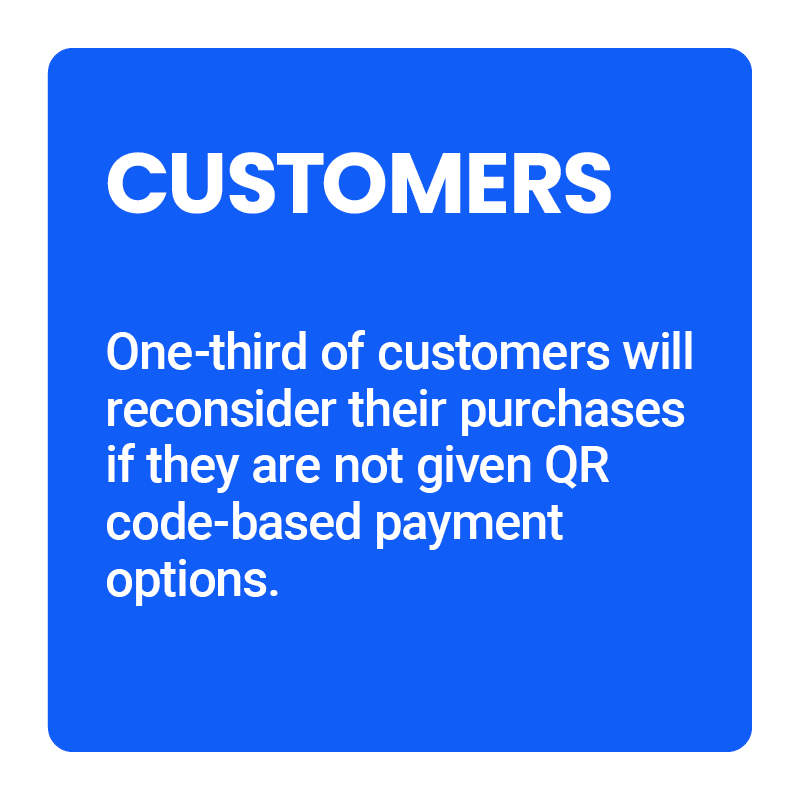 integrations at store locations across the country, and payments providers like Square and PayPal introducing QR codes at their point-of-sale (POS) systems.
integrations at store locations across the country, and payments providers like Square and PayPal introducing QR codes at their point-of-sale (POS) systems.
In the inaugural QR Code Payments Tracker®, PYMNTS explores the latest in the world of QR codes, including new implementations at retailers and payment providers, the security concerns facing this payment method, and the pandemic’s effect on the development and rollout of QR code-enabled payment options.
Developments From Around The World Of QR Codes
The year 2020 was a game-changer for QR codes, with high demand for safer, more convenient contactless payments fueling their growth. A survey from mobile security platform MobileIron found that 84 percent of consumers have ever scanned a QR code, while 32 percent have done so within the past week. Consumers are reacting well to these developments, with 67 percent saying QR codes make contactless transactions easier.
Drugstore chain CVS Pharmacy is on the forefront of the QR code evolution, debuting a new contactless system for payment apps Venmo and PayPal. Customers display a code on their smartphone for cashiers to scan, at which point funds are transferred from stored payment cards, bank accounts or current app balances. This QR code payment system is currentl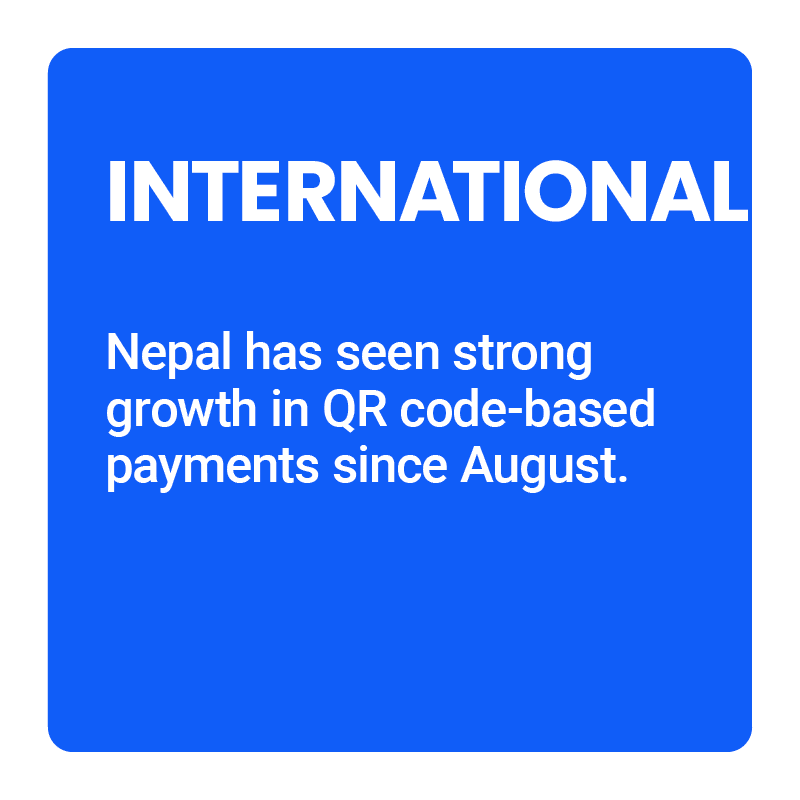 y available at 8,200 CVS locations, according to the chain.
y available at 8,200 CVS locations, according to the chain.
Some countries are catalyzing this growth through national mandates rather than leaving retailers to their own devices. The Indian government recently mandated that businesses with turnover of more than Rs 500 crore ($67 million) must implement a QR-based payment system before March 31 under penalty of fines. The goal of this initiative is to bring the country closer to its goal of a cashless society, as well as more accurately track transactions and avoid merchants falsely claiming a tax exemption.
For more on these and other QR code news items, download this month’s Tracker.
Decathlon On The QR Code Deployment Challenge For The U.S. Retail Environment
QR codes have been slower to catch on in the U.S. compared to the rest of the world, despite record-high demand for touch-free payment options, with many consumers expressing security concerns about fraudsters redirecting these codes to their own websites.
In this month’s Feature Story, PYMNTS spoke to Tony Leon, chief technology officer of sporting goods retailer Decathlon, about why dynamically generated QR codes that are unique to each transaction are key to keeping contactless payments convenient and protected.
Deep Dive: How The Pandemic Is Pushing QR Codes, Contactless Back Into The Spotlight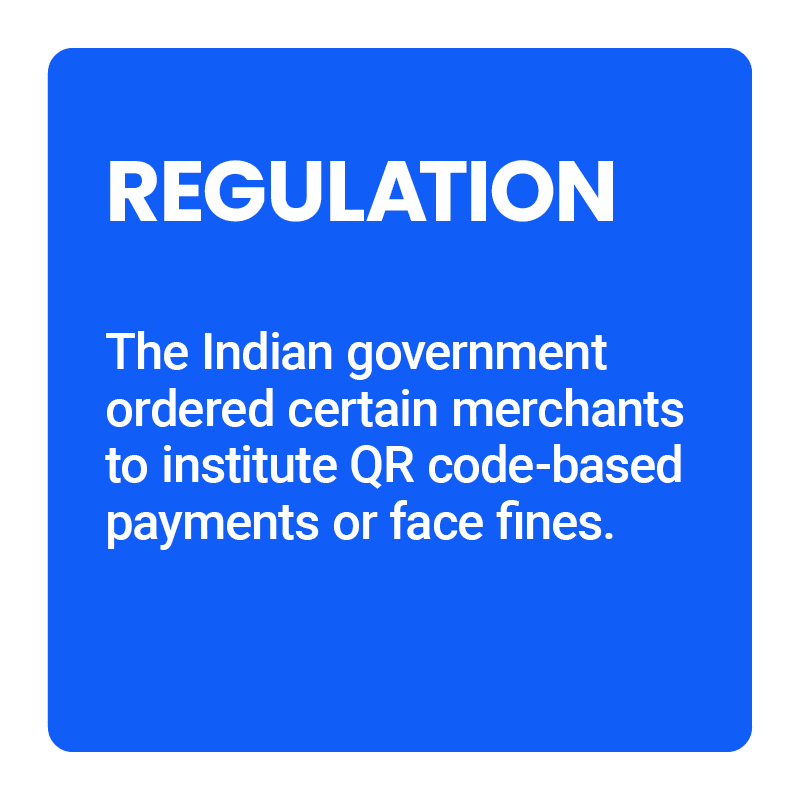
The ongoing pandemic had a massive effect on how consumers make routine purchases, an impact that now appears to be affecting their payment preferences and needs long term. Contactless payments are chief among these, with one study finding that contactless methods grew at twice the rate of non-contactless payments between February and March, and then skyrocketed after the advent of the pandemic.
This month’s Deep Dive explores the recent rise in contactless payments, such as QR codes, the ramifications for merchants and the future of the payments space.
About The Tracker
The QR Code Payments Tracker®, done in collaboration with Citcon, is your go-to monthly resource for updates on trends and changes in QR codes for contactless payments.